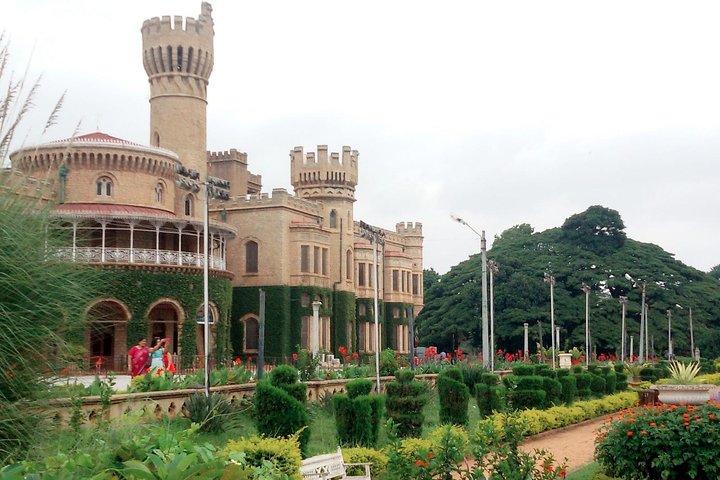Unveiling the Spiritual and Artistic Wonders of Shravanabelagola
Drawn by the allure of ancient artistry and spiritual significance, I set out to explore Shravanabelagola, a revered Jain pilgrimage site near Bengaluru. Join me as I uncover the stories behind Asia’s tallest monolithic statue and the intricate carvings of Chennakesava Temple.
A Journey to the Heart of Jain Pilgrimage
As I embarked on my journey from the bustling city of Bengaluru to the serene town of Shravanabelagola, I was filled with anticipation. Known as one of the most significant pilgrimage sites for Jains, this town promised a unique blend of spirituality and history. The drive itself was a meditative experience, as the urban landscape gradually gave way to lush greenery and rolling hills.
Upon arrival, I was greeted by the sight of the majestic Vindhyagiri hill, atop which stands the towering statue of Lord Bahubali. This 52-foot monolithic statue, carved from a single rock, is a testament to the incredible craftsmanship of ancient India. As I climbed the 600 steps leading to the statue, I couldn’t help but reflect on the dedication and devotion that must have gone into creating such a masterpiece.
Reaching the summit, I was rewarded with a breathtaking view of the surrounding landscape. The statue itself was awe-inspiring, with intricate inscriptions at its base that date back to 981 A.D. I spent some time in quiet contemplation, appreciating the spiritual significance of this sacred site and the rich cultural heritage it represents.
The Artistic Marvel of Chennakesava Temple
After descending from the hill, my next stop was the Chennakesava Temple, a short distance away. This temple is renowned for its exquisite black soapstone carvings, which adorn its walls and tell stories from ancient Indian mythology. As someone who has always been fascinated by the art and architecture of Asia, I was particularly eager to explore this site.
The temple’s carvings were nothing short of mesmerizing. Each panel seemed to come alive with scenes of gods, goddesses, and mythical creatures, all intricately detailed and beautifully preserved. I found myself lost in the stories they depicted, each one a window into the rich tapestry of Indian culture and tradition.
As I wandered through the temple, I couldn’t help but draw parallels to the artistic traditions of Japan, where my mother hails from. The attention to detail, the reverence for nature and spirituality, and the seamless blend of art and architecture were all elements that resonated deeply with me.
A Culinary Conclusion
No journey is complete without indulging in the local cuisine, and my day in Shravanabelagola was no exception. After a morning filled with exploration and reflection, I headed to a nearby restaurant to savor some traditional South Indian dishes.
The flavors were a delightful symphony of spices and textures, each dish offering a taste of the region’s culinary heritage. As I enjoyed my meal, I reflected on the day’s experiences and the profound connection I felt to the culture and history of this remarkable place.
As I made my way back to Bengaluru, I carried with me not just memories of the stunning sights and sounds of Shravanabelagola, but also a deeper appreciation for the rich cultural tapestry that defines this part of the world. This journey was a reminder of the importance of preserving and celebrating our shared heritage, and I left with a renewed sense of purpose in my work as a cultural consultant and writer.












































